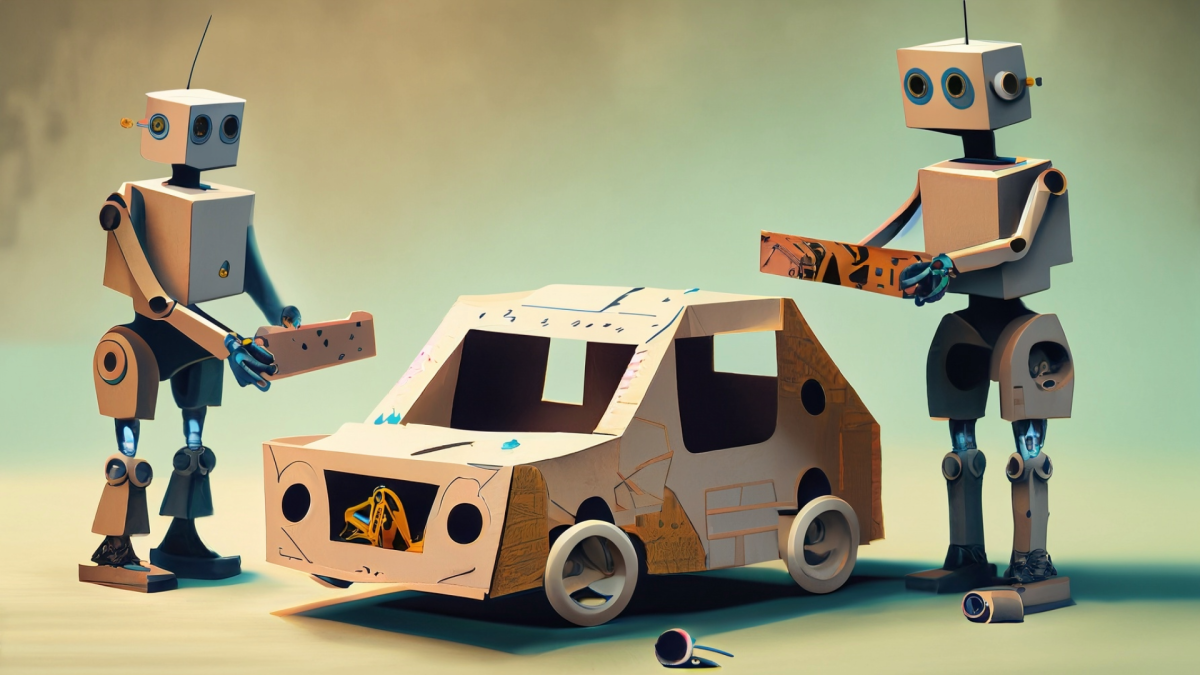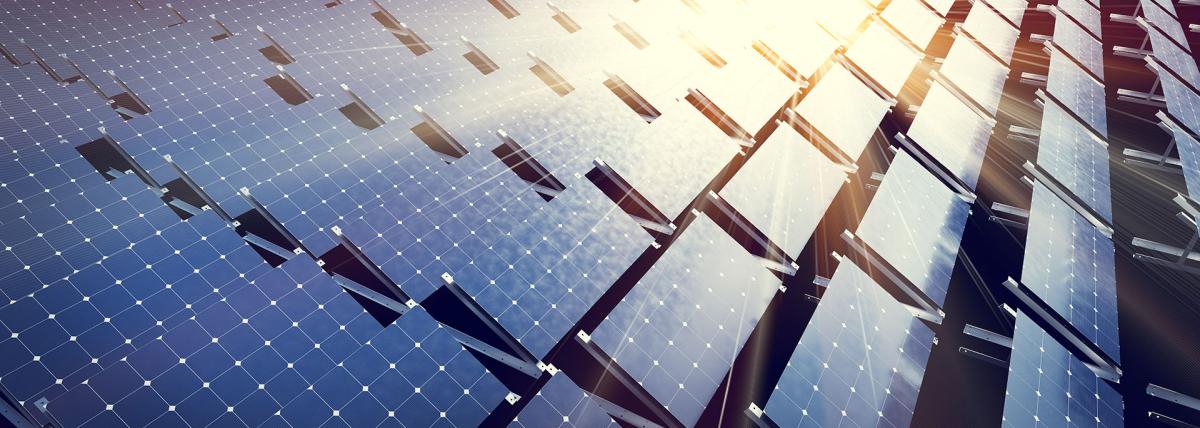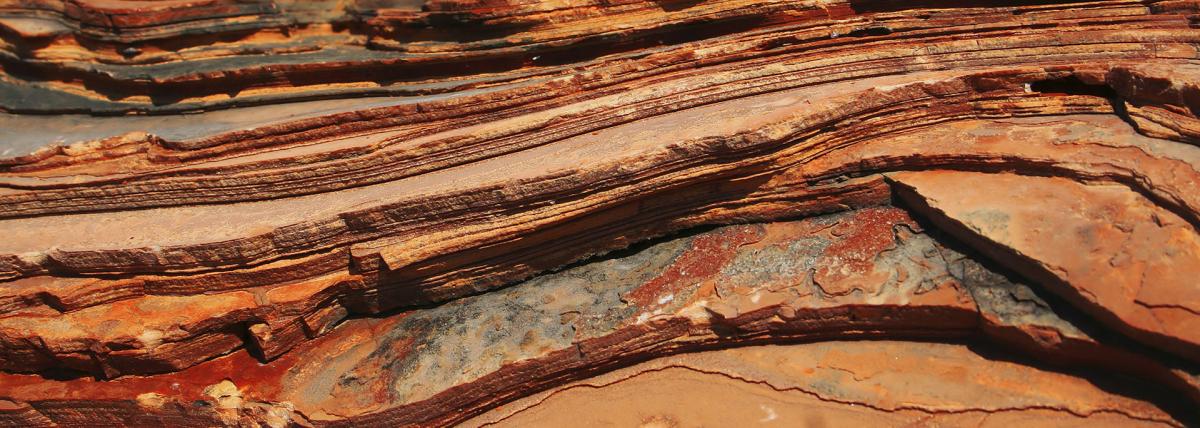
Volcano!
In this lesson, students will read about volcanoes (using teacher chosen books and Readworks.org passages) as well as watch videos to see them in real life. They will then create their own volcano and make it erupt three times to see new land forming. They will record changes to the land by cutting and measuring paper based on where the lava flowed. This is a relatively inexpensive and easy way to create volcanoes which students are really interested in.
Lesson Grade Level
2nd GradeLesson Plan Link/URL
https://docs.google.com/presentation/d/1RDa40n6sjpenbLne_B-KIhi8-iqNME6C/edit?u…Subject Area
Science Earth and Space Science E1: Earth Systems Engineering S4: Apply Science to Engineering Mathematics Measurement and Data (MD) English Language Arts (ELA) Reading (Informational Text)Related Content


In this engaging lesson, students will develop an understanding of how solar panels convert sunlight into electrical energy. They will investigate factors affecting the amount of electricity generated

This hands-on lesson digs deeper into the study of weathering and erosion. It should be taught after students have an understanding of the sun’s energy and some of the ways it impacts the Earth. The